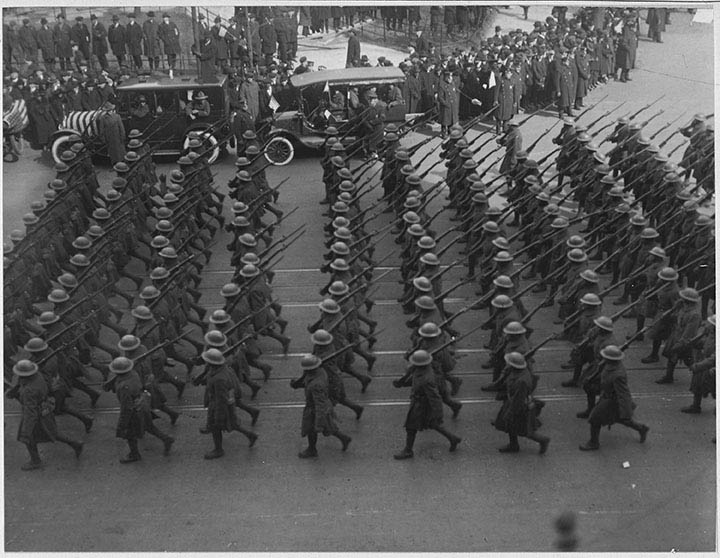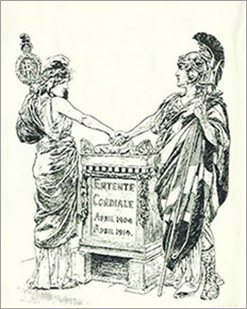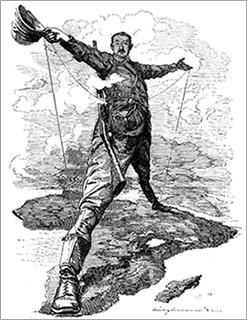How Europe looks today
Today's Europe contains over 30 countries or nation-states, each with distinct borders, political systems, and cultures. Nation-states are a historically recent development. They have:
- a defined geographic territory
- cultural purpose — uniting their citizens with a national identity
- political purpose — governing themselves with their own governmental structure
As fixed as it may look today, Europe's map is still changing
Over the past centuries, it has evolved and changed like no other continent.



